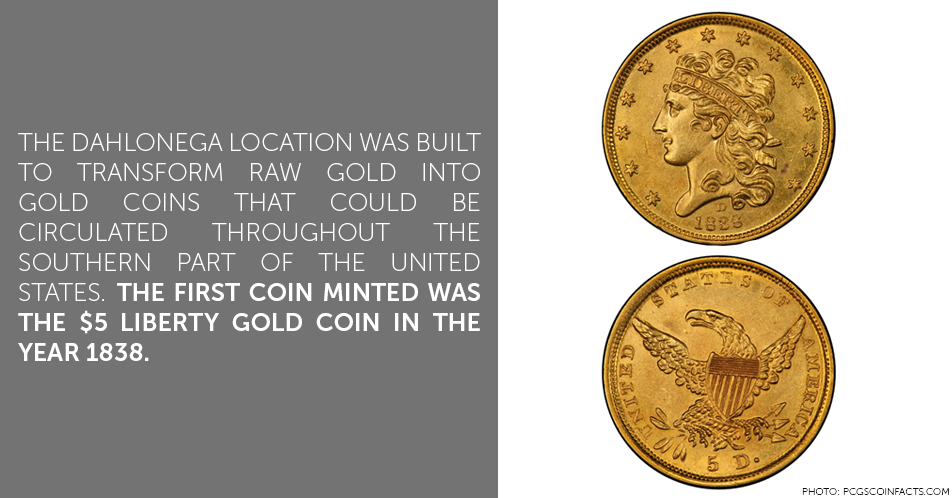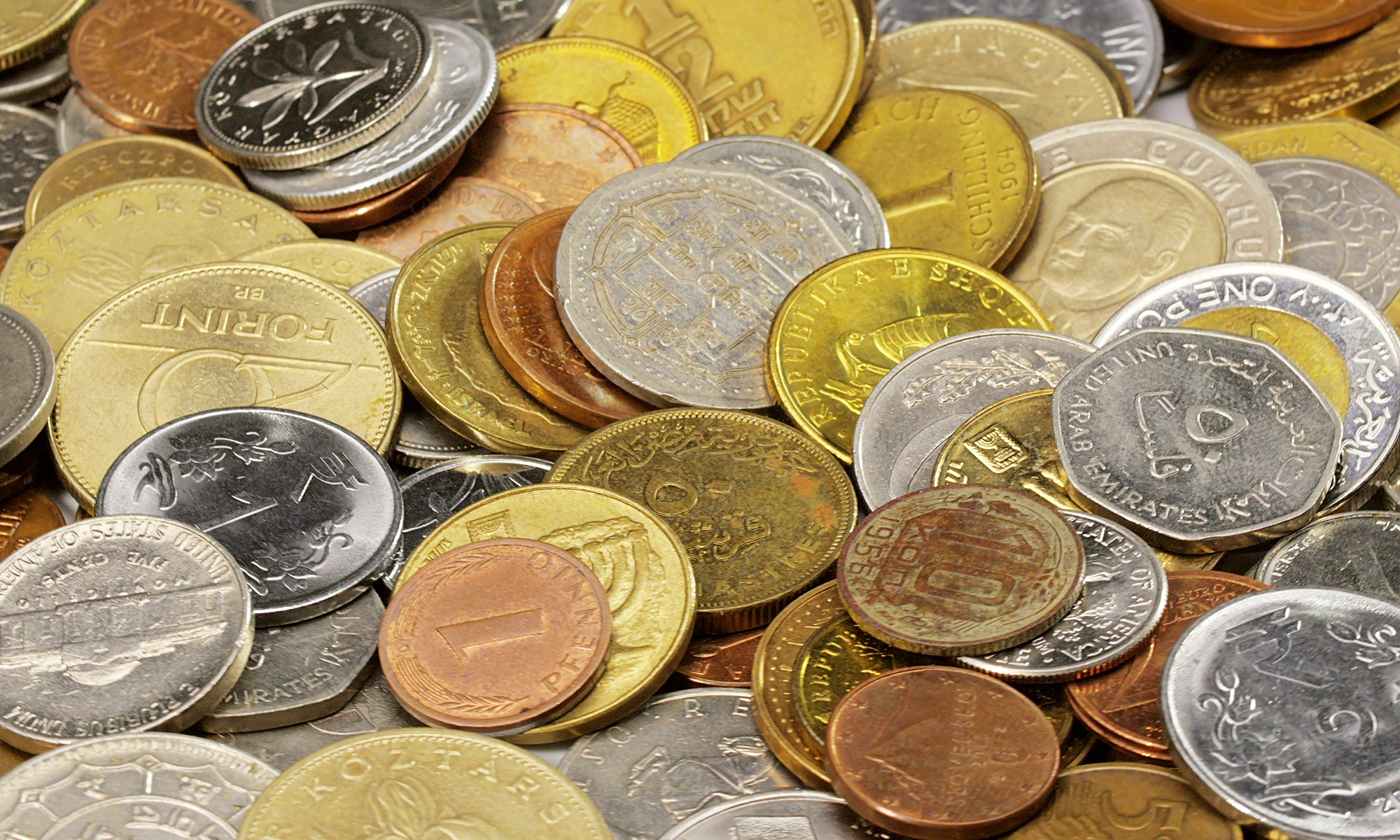
For numismatists, few things are more fascinating than learning the story of coins that are in their collection — except maybe learning the history of an area branch of the U.S. Mint. The Dahlonega Mint was first established in 1835 and was one of three mints chartered that year, all located in the south, and was created for the coinage of gold only. The other two mints were added in New Orleans, Louisiana, and Charlotte, North Carolina, with only New Orleans getting the addition of silver coins to its lineup. The story of the mint follows that of local politics, and while the Dahlonega Mint was only in operation from 1838 through 1861, this was a rich time in Georgia history.
Why Dahlonega?
This small town in northern Georgia was a big mining center in the early 1800s, but by the time the mint was established the gold was all but gone from area mines. The nearest mint at the time was in Philadelphia, Pennsylvania, a long and harrowing trip to travel with any significant amount of gold or money. The Dahlonega location was built to transform raw gold into gold coins that could be circulated throughout the southern part of the United States. The first coin minted was the $5 Liberty gold coin in the year 1838. Each coin that was minted through this location received the “D” stamp, a mark that is now used by the U.S. Mint located in Denver, Colorado.

The Gold Transformation
Transforming raw gold, dust or nuggets into gold blanks required a state-of-the-art, steam-driven factory. Gold was melted down within the factory and poured into rolling mills and eventually formed into blanks of pure gold. Finally, the blanks were struck by a mint press utilizing the official U.S. die stamps. Once the process was complete, these coins were considered currency of the United States and could enter into the broader world market. While the presses were advanced for their time, they were relatively small, so the only denominations that were stamped were gold dollars, quarter eagles and half eagles. Of the millions of coins that were struck over the period from 1838 to 1861, less than one percent of these high-quality coins survive today, and even fewer are still in circulation.
While the Dahlonega Mint eventually passed into the hands of the state after the end of the Civil War, it is now owned by the North Georgia College and State University. Some of the Georgia gold remains in the college today, in the form of gold leaf on the steeple of the college building. Want to learn more about coins in your collection and their history? Contact Roswell Gold, Silver & Coins today at 770-910-9313. We buy gold and silver coins, scrap gold and silver jewelry, plates and bowls and more. You’re sure to find something fascinating in our showroom in Roswell, GA.
